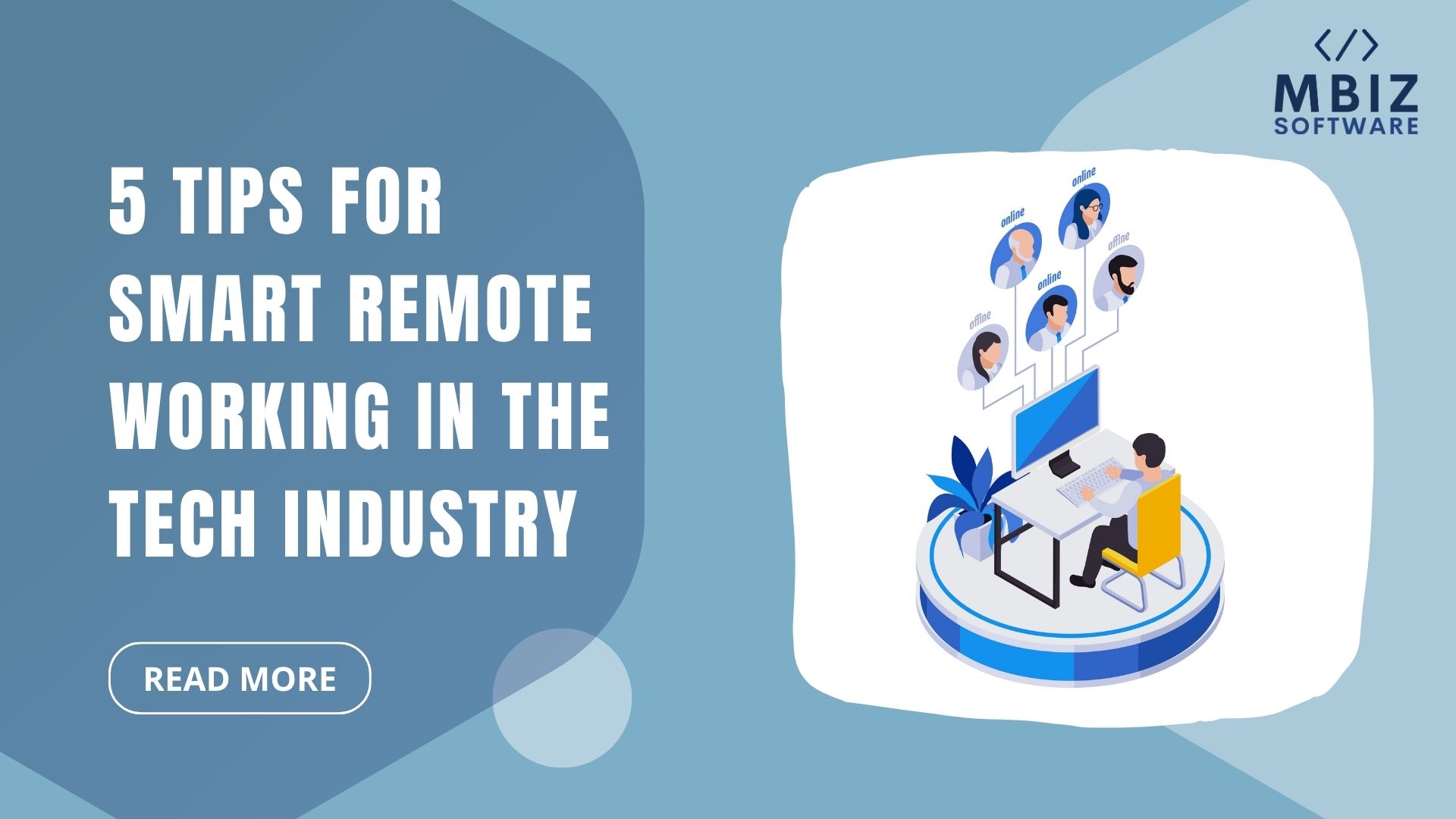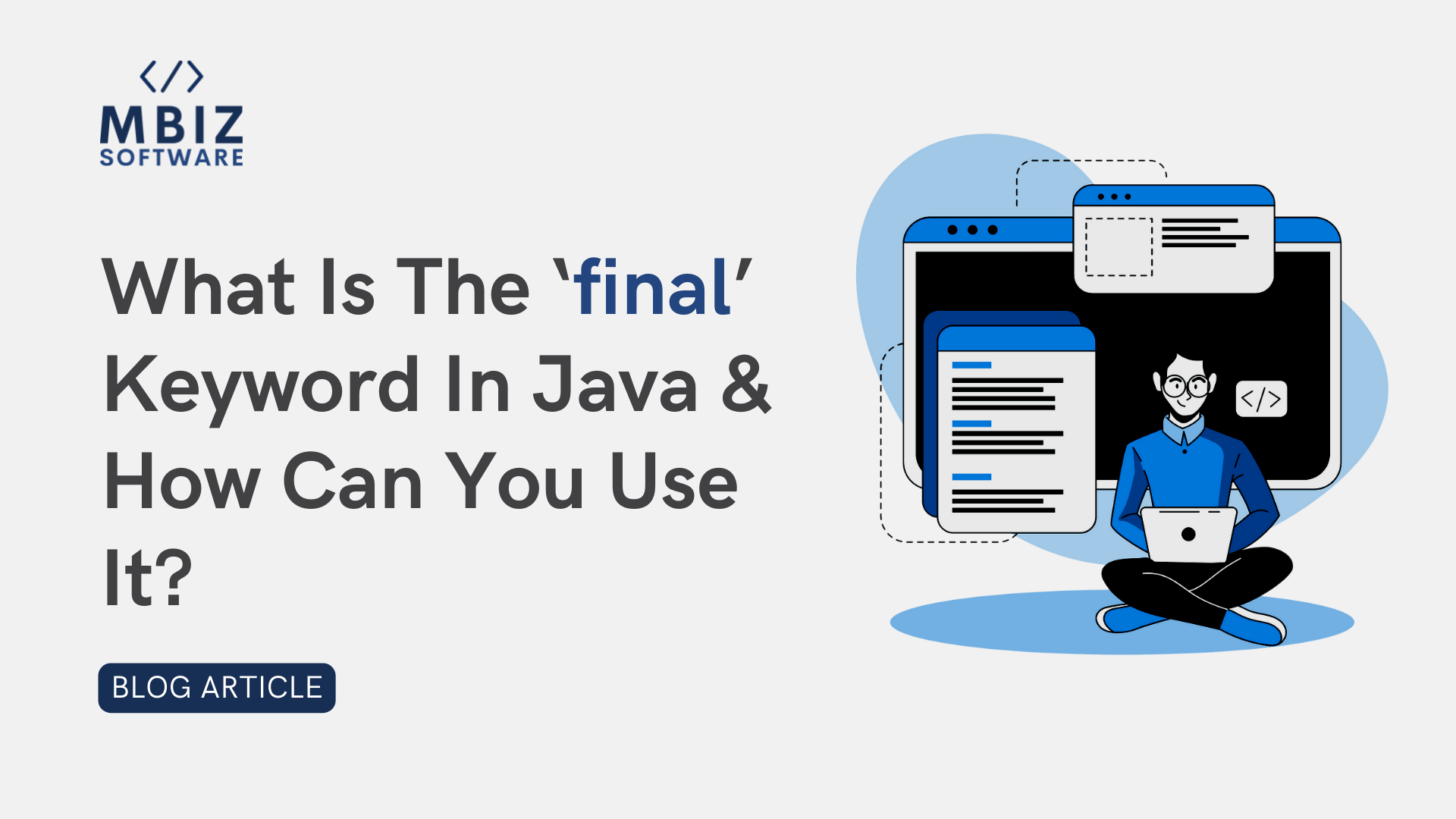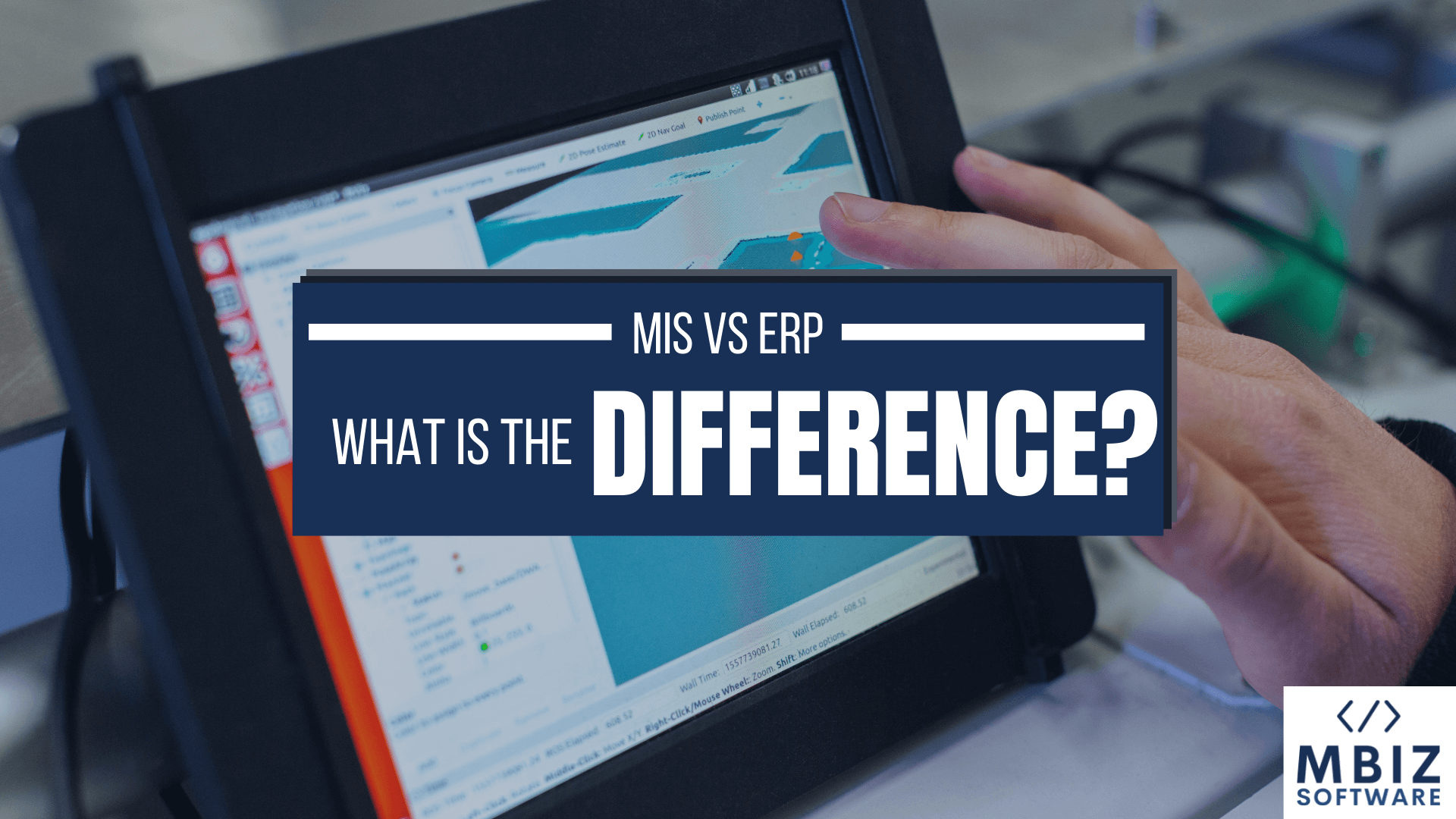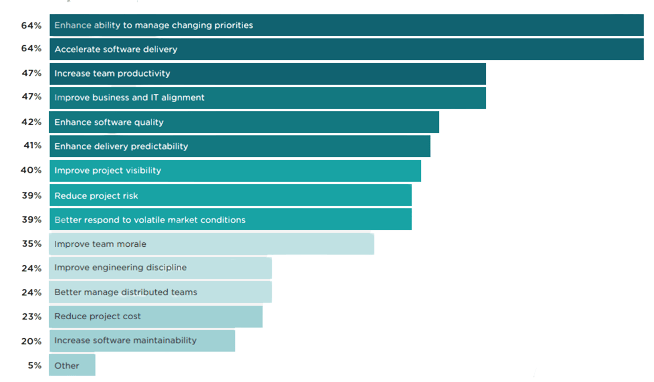Since the COVID-19 epidemic, working from home has become the norm for numerous individuals. As a result, many people are combining work and family obligations while working from home. Working remotely is difficult despite our best efforts, especially while juggling other obligations. It is especially challenging for a tech company, whose primary tasks require effort, time, and commitment. Therefore, when you are not in the comfort of a productive office, it can be extremely tough to remain focused and productive.
Here are some suggestions to help you maximize your time working remotely while decreasing stress.
1) Keep your space clear of clutter:
Desk clutter is both a waste of space and a source of distraction. A clean and ordered environment, on the other hand, considerably improves concentration. By organizing your job-related data and paperwork in a single, easily accessible location, you can optimize your work processes and save time and effort. You may keep your professional and personal stuff organized in separate drawers of a robust desk, and you can free up floor space by eliminating the wires that connect your multiple electronic gadgets by using Bluetooth devices.
A clutter-free workstation enables the addition of peripherals such as a docking station to charge several devices simultaneously without the need for separate adapters, or an additional monitor, which is essential while working with backend advanced technology and heavy applications.
2) Communicate with your coworkers:
The more you speak with your employees, the fewer misunderstandings and misinterpretations you will have. You may not always have business with your coworkers; but, when working from home, it is essential to stay in touch with them and provide them with regular updates to keep yourself and them on track.
Additionally, you may miss socializing with your coworkers outside of your household. Communicating with your coworkers will enhance your confidence, and maintaining contact may be quite advantageous not only for productivity but also for maintaining strong working relationships. Collaboration with your team enables you to monitor the development of each project in real-time, exchange ideas, and foster an environment of open communication.
3) Stay efficient with your time and take regular breaks:
Working from home, particularly in the field of technology, is similar to switching from radio to television. They both disseminate information, but in vastly distinct ways. A vital part of good time management when working from home is taking frequent breaks. Here are tactics that have proven effective for telecommuters:
As a first step, reduce the length of online sessions and take a break before beginning the following project. If the meeting will run more than 45 minutes, a 5-10-minute break is ideal. Keep in mind the 52/17 rule. For maximum efficiency, a 52-minute work period followed by a 17-minute rest is optimal. Planning your workday in advance allows you to complete more tasks in less time and with less effort. Due to the long hours and monotonous nature of the work cycle, this strategy is most effective for software engineers, developers, and sound and videography professionals.
4) Get yourself a nice computer workstation:
Because of the long-term consequences they may have on the body, home-based workers must utilize ergonomic equipment. A standing desk will allow you to adjust the height of your table, allowing you to maintain your monitor horizontal to your eyes and reducing back and neck pain. A comfortable office chair or desk chair with lumbar support and height-adjustable seat and armrests can help support your lower back and posture. It can significantly reduce the likelihood of back and neck injuries over time.
Finally, an ergonomic keyboard can help reduce tension in the wrists and forearms. Search preferably for a mechanical keyboard with a height-adjustable stand so that it can accommodate your seating position for a comfortable typing experience. These are especially essential for employees working with bulk programming or coding.
5) Transform your workstation with your own aesthetics:
Decorations or splashes of colour have been demonstrated to calm the mind and make work more joyful as a means of relieving stress and tension during work hours. Desk plants, for instance, not only enhance air quality but are also aesthetically beautiful and effective air purifiers. In addition, having images of loved ones or inspirational words has been shown to reduce stress and improve overall health and fitness.
In addition to being a useful workspace, a home office should represent the individual’s personality. There are a variety of techniques you can employ to remain motivated and satisfied while working remotely. At MBiz Software, our staff is located throughout Sri Lanka, and we have mastered the art of working from home. We thrive not just in an office setting, but also in the comfort of our own homes.











